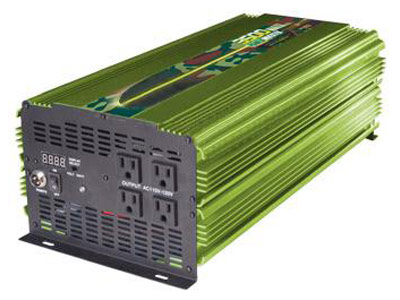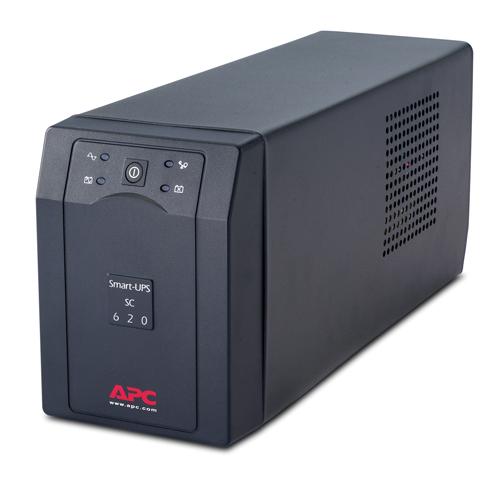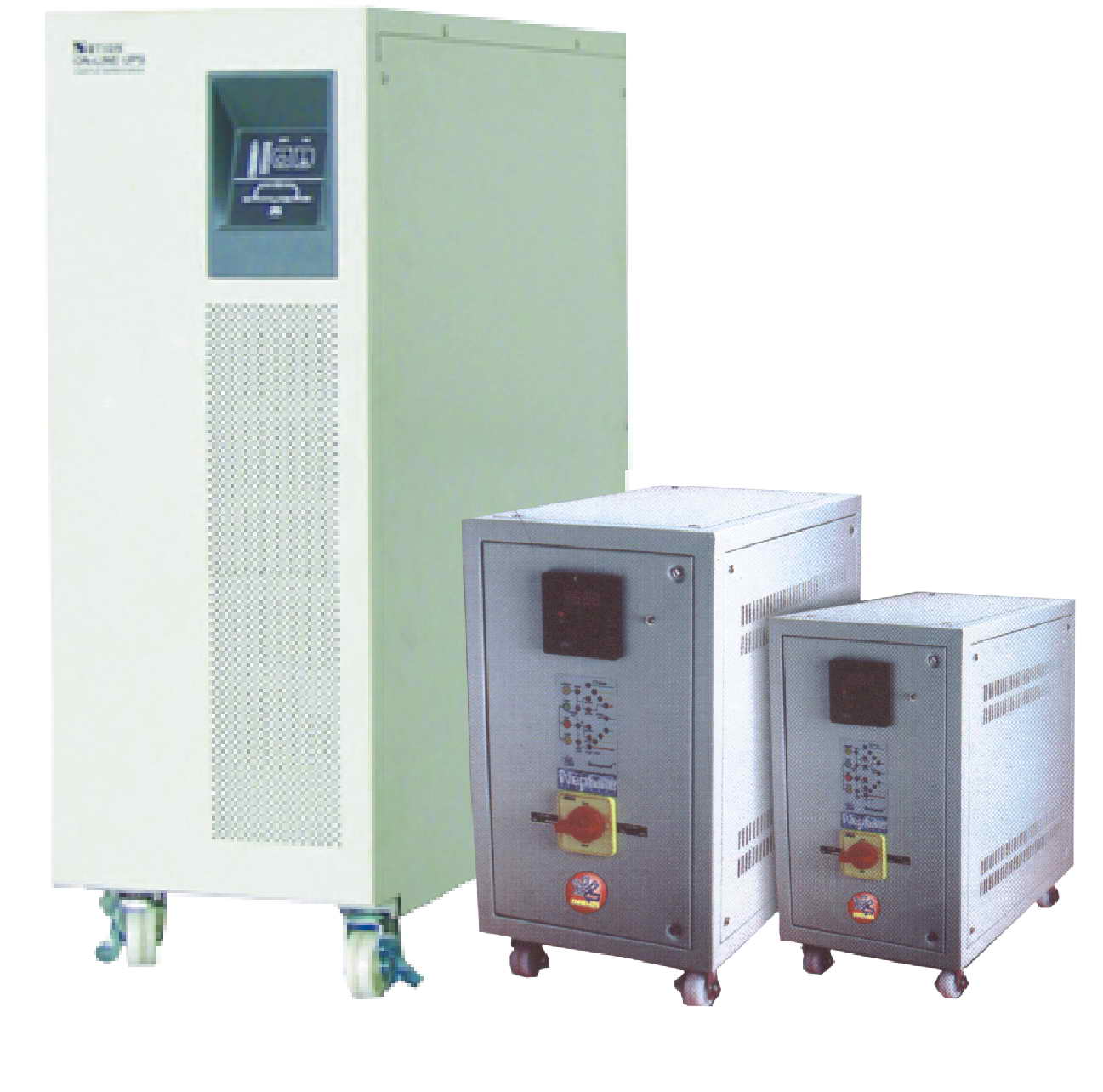Difference Between UPS and Inverters

Energy is one of the driving forces behind success that is being achieved in so many fields in the current day and age. If there was not enough power, much of the progress would have been stalled and we perhaps would have been unable to achieve a decent rate of progress.
In many countries, however, there are issues related to the supply of power. These can be both because of faulty power lines and systems which may result in power failures and may need to be corrected quite often.
Often there are chances that a country that is in its developmental phase may not have enough power available and therefore, power outages may be the norm.
UPS and inverters are used to save appliances such as computers and televisions from sudden power outages and in case of computers, provide the user with an opportunity save their data. While generally these devices are small in nature and have little capacity, there are cases in which the capacity is larger and they can cater to the needs of the house.
The two are similar but there are differences between them. The UPS is more sophisticated in nature and has circuitry of better quality used in it in comparison with the inverter.
The capacity that a UPS holds is less than that of an inverter and here the inverter is at an advantage. However, a UPS can deal with a fluctuation in the voltage whereas the same is often not the case with inverters.
Instructions
-
1
UPS
It stands for Uninterrupted Power Supply. It is generally used with computers and other appliances to protect them from sudden power outages that may take place. It is particularly useful for computers where you can finish the task and save it before safely shutting down the computer.
The power is stored in a battery that is generally inside the UPS. The switchover time for a UPS is 3 to 8 milliseconds which makes it an ideal choice.
- Image Courtesy: olx.com.pk
-
2
Inverters
These are generally used as power backups for larger scale requirements when a power goes out. A whole building can be provided with electricity with inverters. They have external batteries that save energy which can later be used.
The mechanism is simple, the AC current is converted into DC current and is saved into the battery. The switchover time is generally 500 milliseconds which is not even noticeable and the devices do not restart.
- Image Courtesy: ambalex.blogspot.com







